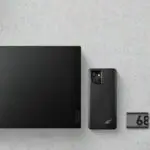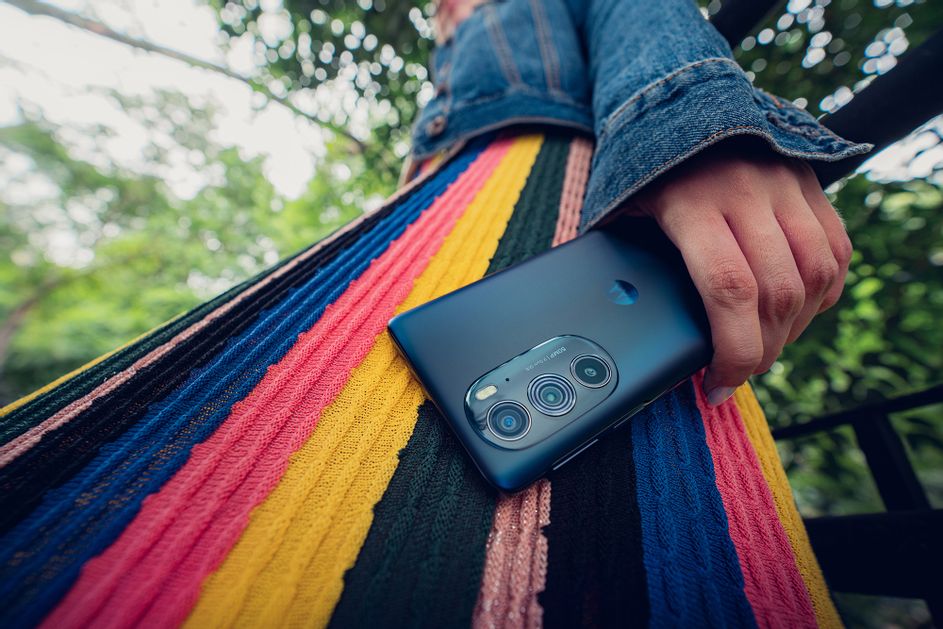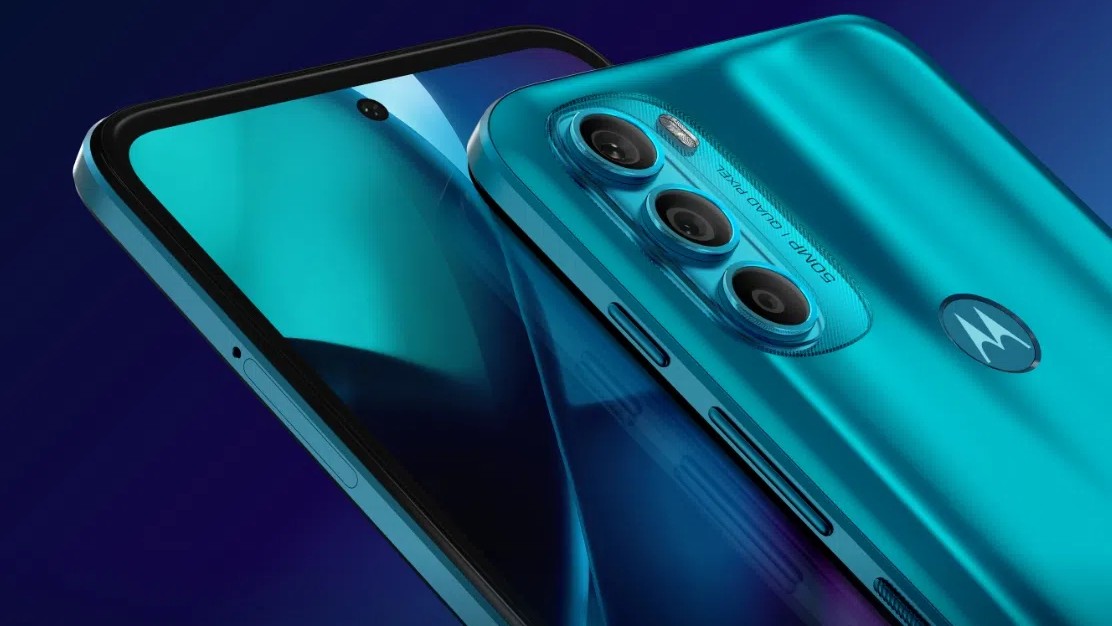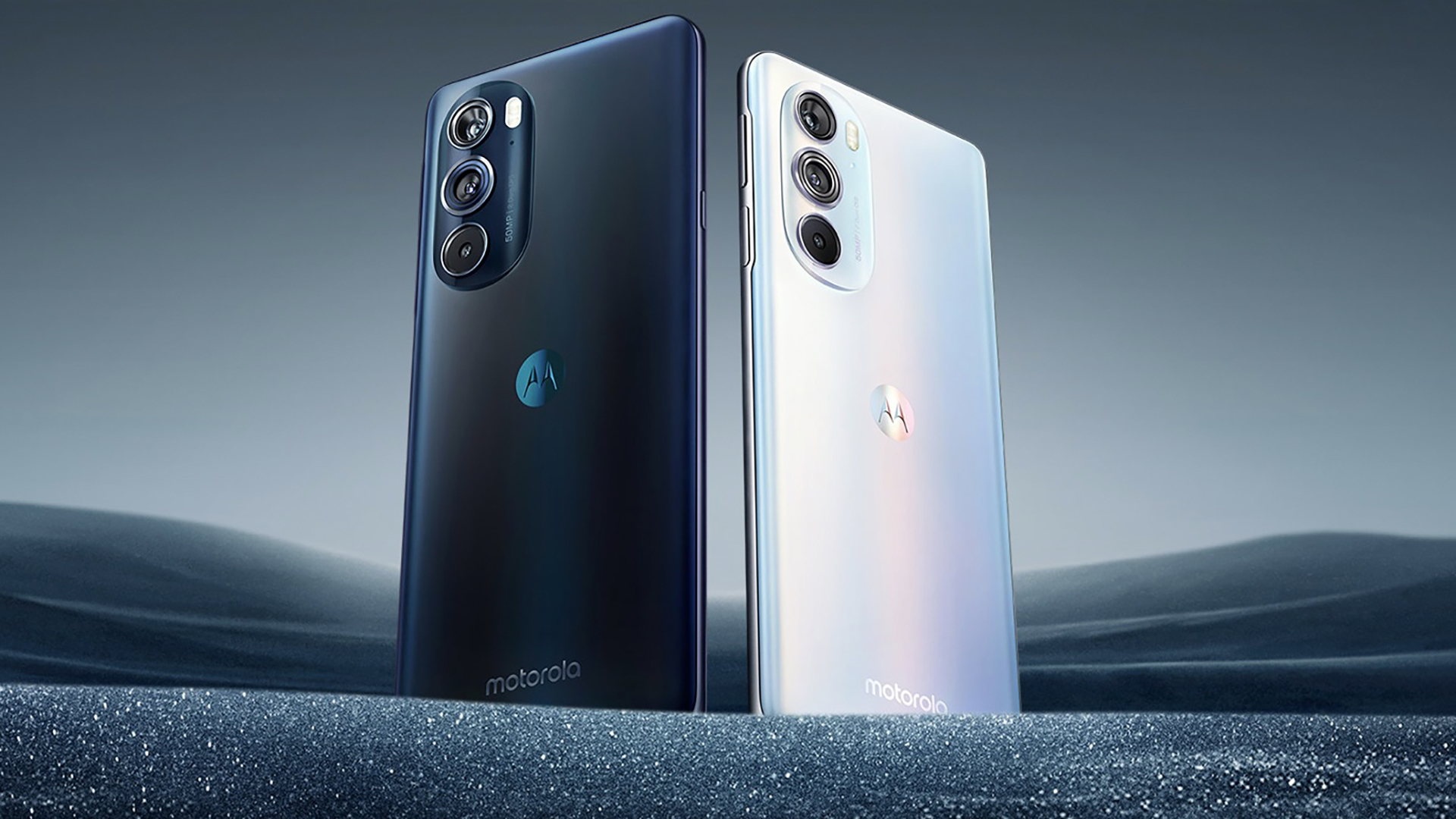
You’re going to hear the term “ClearPixel” come up a lot during the next few months. The term was brought into this world via Taylor Wimberly from Android and Me. He said that the upcoming Moto X will have a “ClearPixel” camera that means “dark, blurry pics and lack of details will be things of the past.” That’s a very hyperbolic statement, so let’s break it down.
Moto-X All aboard-the-hype-train “Clear Pixel Camera” sounds like it could be RGBW filter instead of normal Bayer color filter array
— Brian Klug (@nerdtalker) July 8, 2013
Here’s what Brian Klug, the guy in charge of reviewing smartphones for AnandTech, guessed what “ClearPixel” is after reading what Taylor said: “[It] could be RGBW filter instead of normal Bayer color filter.” That’s a good guess, especially if you look at what @evleaks said about the Motorola Droid Ultra in a recent leak: “The camera is said to be a so-called 10-megapixel RGBC model.”
RGBW, RGBC, what exactly are all these terms? Let’s start by eliminating the latter, because it’s not an industry standard term, whereas RGBW is. At a high level, most cameras work by capturing light through millions of pixels on a sensor that decide how much red, blue, and green they “see”. Kodak, back in 2007, patented something called RGBW that adds another white pixel which can see every color instead of one of the primary colors. Sony announced they would productize RGBW sensors in early 2012, but then they said they ran into some issues making said sensors were shelved in September of the very same year.
How does RGBW work exactly? As mentioned earlier, that extra white pixel can “see” every color, versus having to filter between red, blue, and green. There’s a lot more nuance in there that I’m positive I’m missing since I’m not an optical engineer like Mr. Klug.
Anyway, point is this: Motorla’s Moto X, Motorola’s Droid Ultra, these two devices are likely going to be the first pieces of hardware to have RGBW image sensor. The sensors are probably made by Sony, though that’s not going to be confirmed until these phones are taken apart. On paper, they should offer better image quality, but as always, you’ll need to wait until final shipping units to judge.









